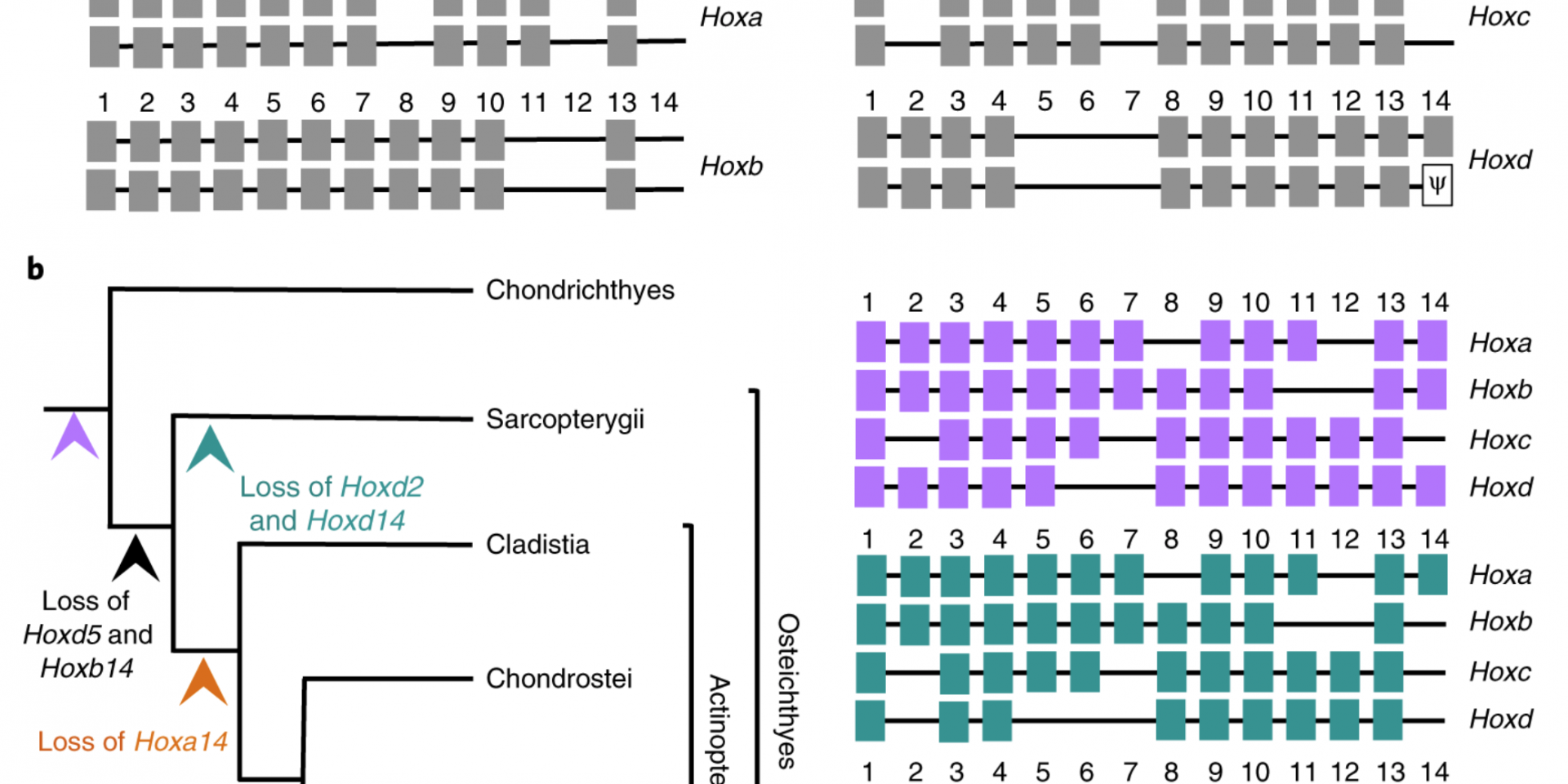Sturgeons lived on earth already 300 million years ago and yet their external appearance seems to have undergone very little change. A team of German and Russian researchers has now succeeded in sequencing their genome, delivering a missing piece of the puzzle essential to understanding the ancestry of vertebrates.
Kang Du, Matthias Stöck, Susanne Kneitz, Christophe Klopp, Joost M. Woltering, Mateus Contar Adolfi, Romain Feron, Dmitry Prokopov, Alexey Makunin, Ilya Kichigin, Cornelia Schmidt, Petra Fischer, Heiner Kuhl, Sven Wuertz, Jörn Gessner, Werner Kloas, Cédric Cabau, Carole Iampietro, Hugues Parrinello, Chad Tomlinson, Laurent Journot, John H. Postlethwait, Ingo Braasch, Vladimir Trifonov, Wesley C. Warren, Axel Meyer, Yann Guiguen, Manfred Schartl. The sterlet sturgeon genome sequence and the mechanisms of segmental rediploidization. Nature Ecology & Evolution, 2020; DOI: 10.1038/s41559-020-1166-x





